Cate Blanchett participated at the special event by Letters Live in aid of The KOKO Foundation. Letters Live is a stage reading show of literary correspondence that has been going on for over a decade. During the event. Cate read a comical letter at first, then she read a 1924 letter by Helen Keller to the New York Symphony Orchestra thanking them for their impressive performance of Beethoven’s ‘Ninth Symphony’.
Cate and Alfonso Cuarón spoke to Variety about the final chapter of DISCLAIMER*. All seven chapters of DISCLAIMER* are now streaming on Apple TV+.
Letters Live
The KOKO Foundation is a registered UK charity and the philanthropic heart of Camden’s iconic KOKO Theatre.
Our mission is to cultivate greener environments and to spearhead artistic programmes for disadvantaged young people, whilst nurturing the next wave of creative talent.
– KOKO Foundation
And here’s a bit more. pic.twitter.com/j2GR2EOrnD
— Greg Wetherall (@GregWetherall) November 8, 2024
@nme A special edition of Letters Live at Koko Camden culminates with bangers from Wyclef Jean – with the likes of Benedict Cumberbatch, FKA twigs, Cate Blanchett, Taika Waititi and more present #letterslive #kokocamden #wyclefjean #benedictcumberbatch #fkatwigs #cateblanchett #taikawaititi #nme #foryoupage #fyp #music


Disclaimer*
The interview below CONTAINS spoiler on the series.
The final beats of “Disclaimer” utterly upend what had come before.
Up to this point, we’re given to believe that Stephen (Kevin Kline) is on a misguided but fundamentally fact-based mission to avenge the death of his son, Jonathan; his belief is that Catherine (Cate Blanchett), whom he is stalking, had allowed his son to drown after the pair had a romantic liaison on vacation in Italy years before. His vision of events — shared with his late wife Nancy — exists in a novel Nancy wrote, one that Stephen has wielded as a cudgel to ruin Catherine’s reputation within her family and in her professional life as a documentarian.
Jonathan did die in Catherine’s presence, but what evidence Stephen has is misleading; as Catherine explains to Stephen, in a stunning sequence that took days to film, she had been systematically assaulted by Jonathan over hours, and has been carrying with her not only the shock of Jonathan’s death and the guilt that he died in trying to rescue the son she’d allowed into the sea unattended, but also the trauma of an assault. For six episodes, Catherine has tactitly allowed those around her to believe the story that Stephen has spread. In the seventh, she explodes.
This confrontation reframes all of “Disclaimer,” and cements the show’s place as one of the year’s defining TV events.
It’s pretty remarkable that we instantly believe Catherine, even as the story she tells radically revises what came before. Were you nervous about being able to thread that needle?
Alfonso Cuarón: The work for that moment was done throughout the other six chapters. That was the collaboration with Cate — she was adamant to make sure that every single detail of what we’re telling is the truth, that we’re not manipulating the information. When Catherine speaks, you realize that your perception was tainted by a judgment — not only of the other characters, but also your own judgment. She hasn’t been allowed to speak for so long; all of these characters have been shutting her up, and finally, you’re hearing her voice.I found Catherine’s character’s final conversation with her husband really stunning — the idea she expresses that talking to him made her feel unbearable guilt, and so she couldn’t, until this moment, find a way to be open.
Cate Blanchett: It’s a reconciliation, in a way, with herself and with that past. The things that we run from or bury or think we can avoid end up becoming our psychological and emotional nemeses. And we didn’t talk a lot about it, but we both had an understanding that we all wear a lot of social masks. In a long marriage, you become something for the other person — what the other person needs you to do is a projection of what the other person believes you to be. And it was really important in that scene that there was no mask.Sometimes we can’t unpack these things by ourselves. And I think why a lot of people don’t report violent assault is because by being not believed in the reliving of something is to be re-traumatized. I was hoping that at the beginning of that scene, you’d think, “Oh, this is going to be the reconciliation scene..” And, through the course of it, she realizes, “I don’t think I can reconcile with you.” But I didn’t want it to be that she gets vengeance on this man who didn’t believe her. Women aren’t seeking vengeance when they describe what they have felt. They are seeking clarity and understanding, often with themselves.
There’s something so complicated about the relationship between Catherine and Stephen — both of them are so bound up in the past, her perception of what happened and his misperception. And it’s only through colliding that they’re able to bring the truth out of her.
Blanchett: Having to tell, for the first time, what happened to you to somebody who is actually trying to do you harm was a very nightmarish sort of strange reality. Once the story comes out, to not be able to stop it — it’s a runaway train.And so for a moment… [To Cuarón:] The way you play with time is really interesting, because the time that the story happens in is relatively short, but we have these long, elastic moments when there’s such an enormous sense of danger. We decided two days prior [to shooting the confrontation] that we’d record all of it, 40 pages or whatever, so that you had the chance to play with what would be onscreen with Kevin and I, and then what would be back in Italy.
Cuarón: It was very important, because doing it that way allows us to stay in the present tense. It was so important to see her speak, and to minimize the times that we went into the past. It’s a thin line in which you’re going to portray a scene like such that you don’t present it in an exploitative way.
Shooting the confrontation — particularly with the long takes that so many critics have remarked upon — must have been a challenge. Was it one shooting day, or —
Blanchett: With Alfonso? Yeah, no. You start doing a take, and you think, “OK, this is the end.” And then Chivo [cinematographer Emmanuel Lubezki] comes up and goes like that [mimes flicking a mote of dust off her face]. But by that stage, we’d all been working together for a really long time, so we were sort of one organism — and I lost track of time. I don’t know whether we shot for two days or three days, because there were so many perspectives that were being synthesized.I understand that this show was shot, effectively, sequentially — with the shoot days following the action of the story, which is quite uncommon. And this sequence was the dam breaking; this is the climax. Did that sense of culmination make these shooting days more exciting?
Blanchett: You think, “Oh, gosh, I’m going to have to read 40 pages of dialogue.” You dread it. But I was like “Bring it on.” I just wanted, as an actor, to get it off my chest.Cuarón: When Cate finished that scene, at the end of the last take, she just went berserk. She was jumping around! It was clear that it was a big relief.
Blanchett: Do you remember what happened then? I went “Have we finished? Have we got it?” Yep, we’ve got it. It’s all coming back to me. I went back to my trailer; [the next shot] was going to be a wide shot on Kevin. And I sat back down, of course, still absolutely present. The camera was looking at me. And I went, “Hang on a minute…” We had to do another take. I just went “OK, I need to go to the bathroom.” Then I came back, and we had to go again.
Cuarón: I witnessed the eyes of someone hating me.
Cate, you’ve played a couple of characters who faced professional reprisals as the result of a misunderstanding — as in, for instance, “Notes on a Scandal.” Does this concept of women being unheard or mistreated based on preconceptions generally interest you?
Blanchett: Well, there’s enough examples of it in the real world, aren’t there? I’m surprised there’s not more of them. But to me, the biggest challenge was creating a character that was porous enough and ambiguous enough that the audience could lose themselves in another character’s perspective on her — that there was nothing that stood out or signaled anything, but that was hopefully interesting enough to stay with for seven episodes. That was my little tricky dance.




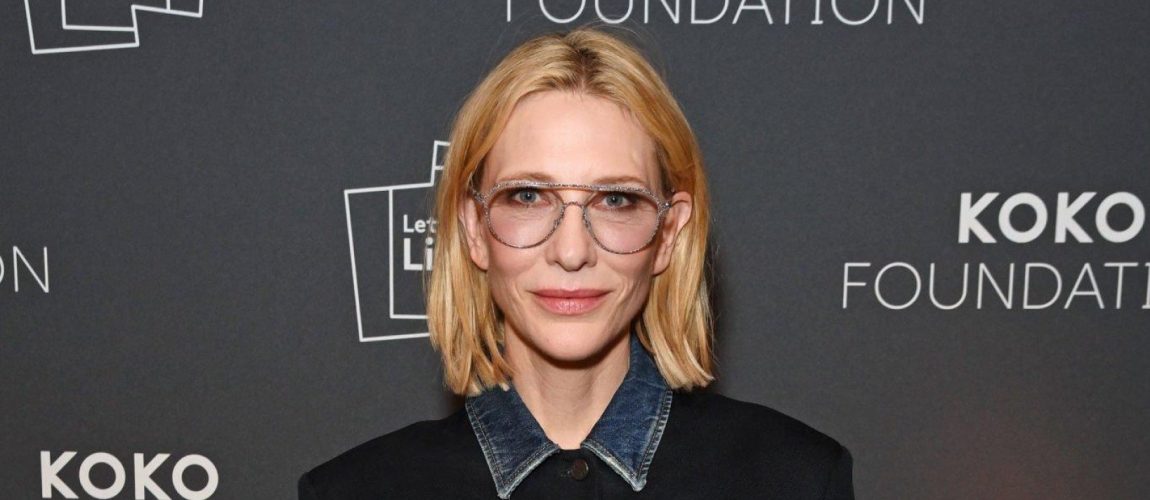

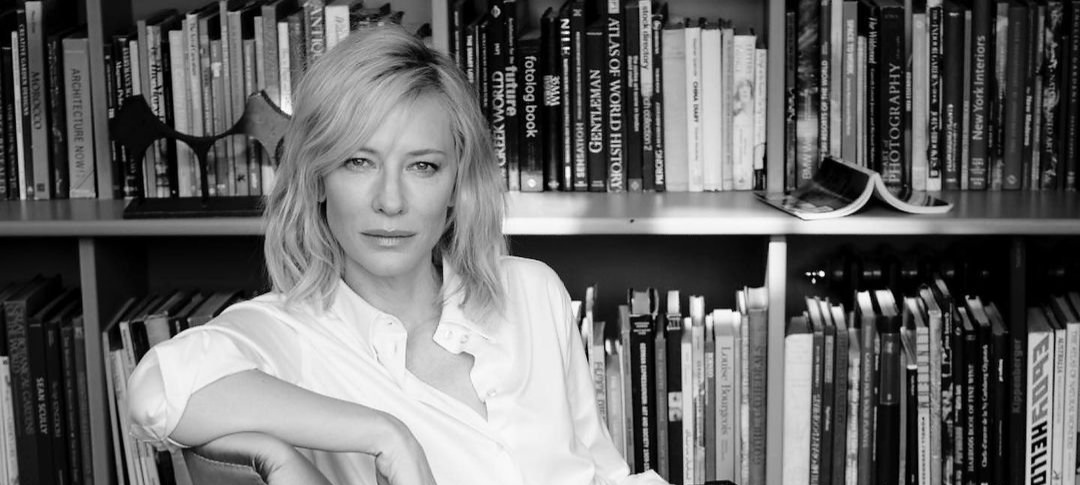
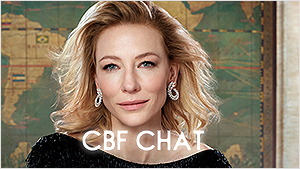
 A Manual for Cleaning Women (202?)
A Manual for Cleaning Women (202?)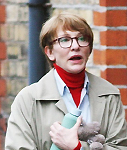 Father Mother Brother Sister (2025)
Father Mother Brother Sister (2025)  Black Bag (2025)
Black Bag (2025)  The Seagull (2025)
The Seagull (2025)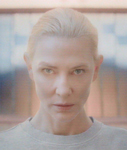 Bozo Over Roses (2025)
Bozo Over Roses (2025)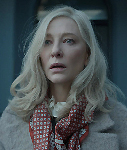 Disclaimer (2024)
Disclaimer (2024) 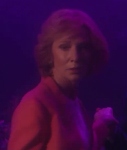 Rumours (2024)
Rumours (2024) 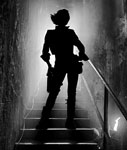 Borderlands (2024)
Borderlands (2024)  The New Boy (2023)
The New Boy (2023) 











